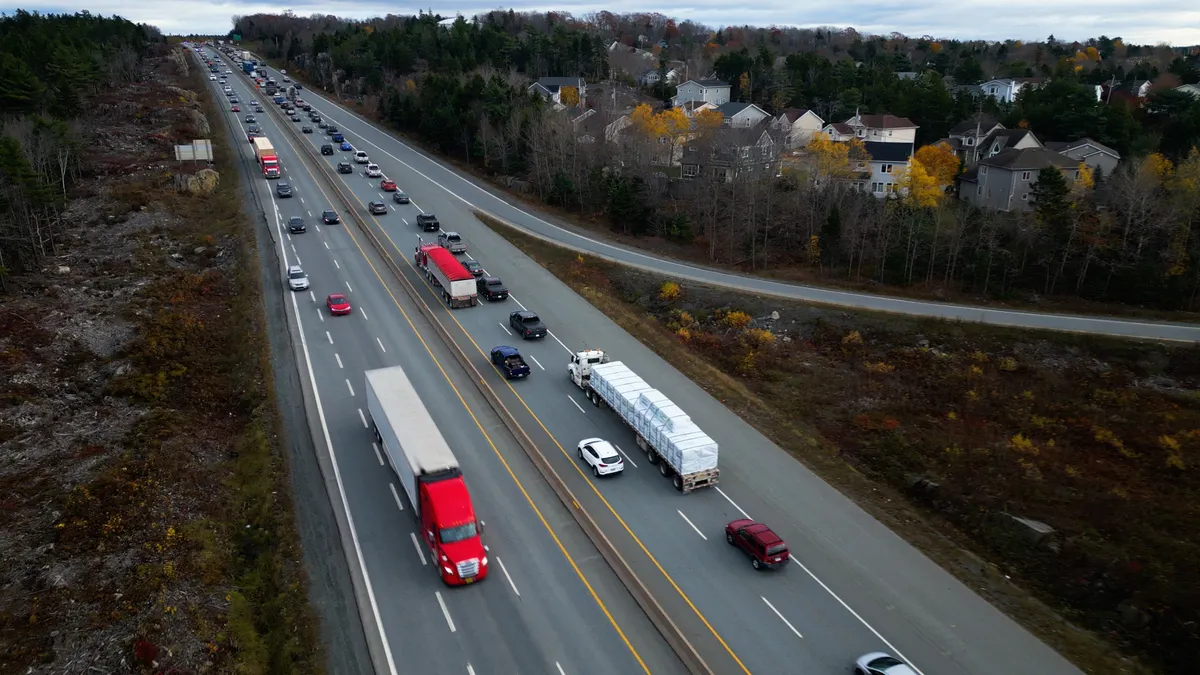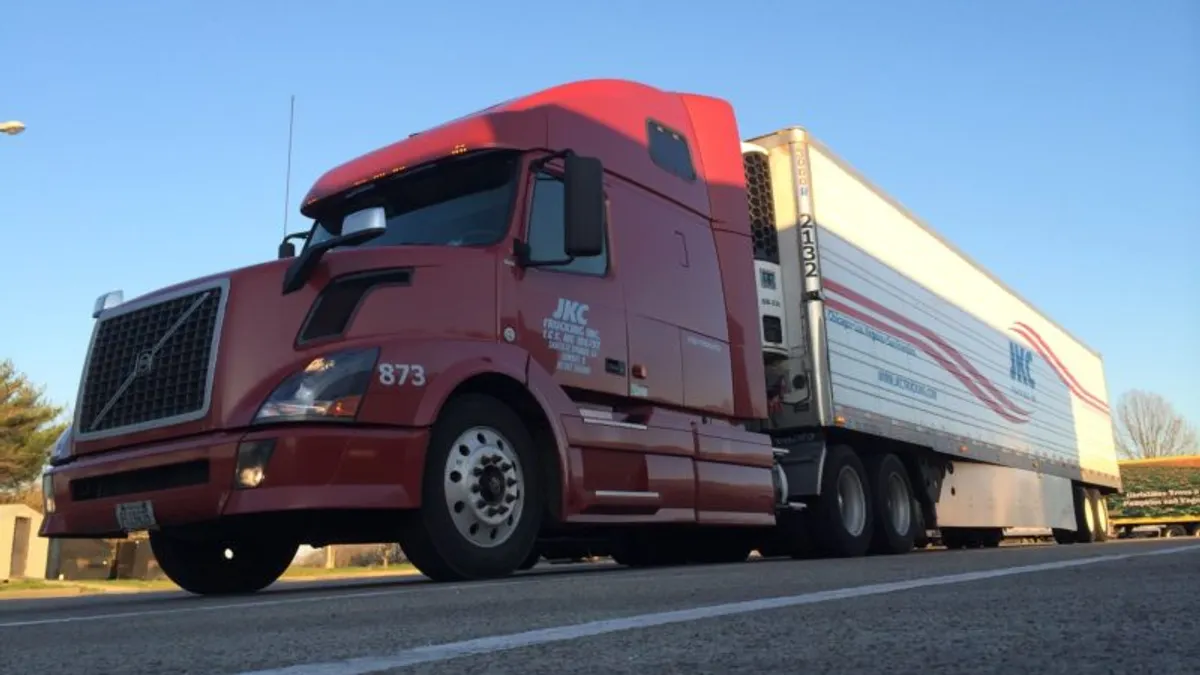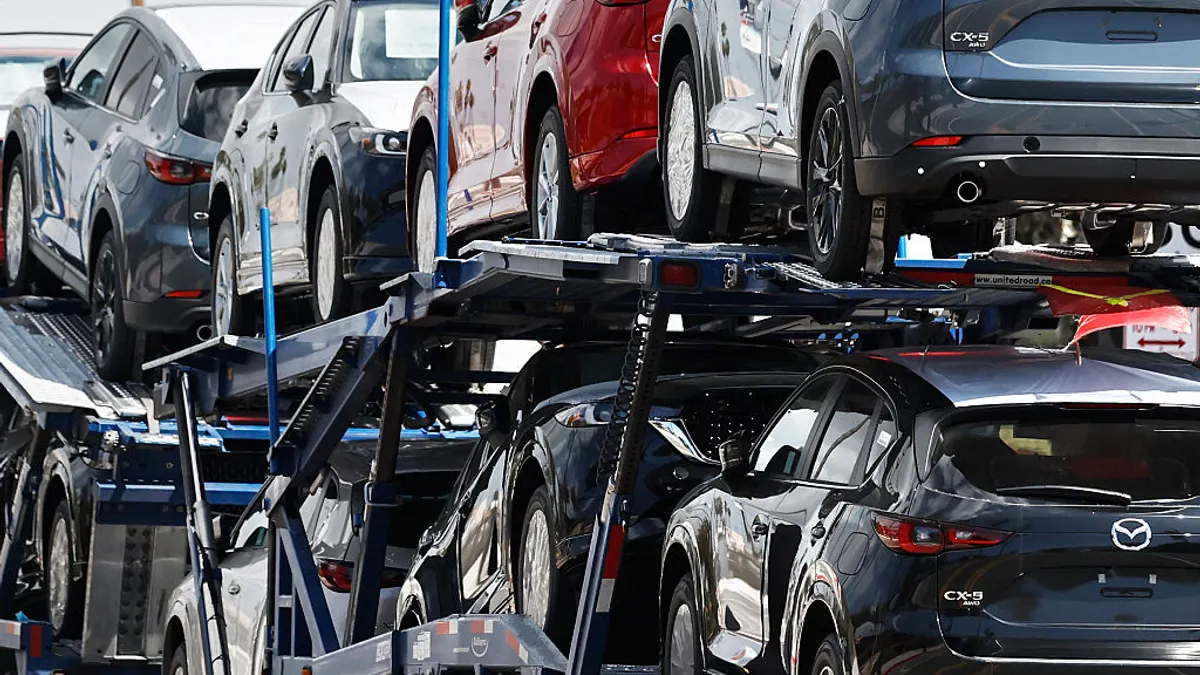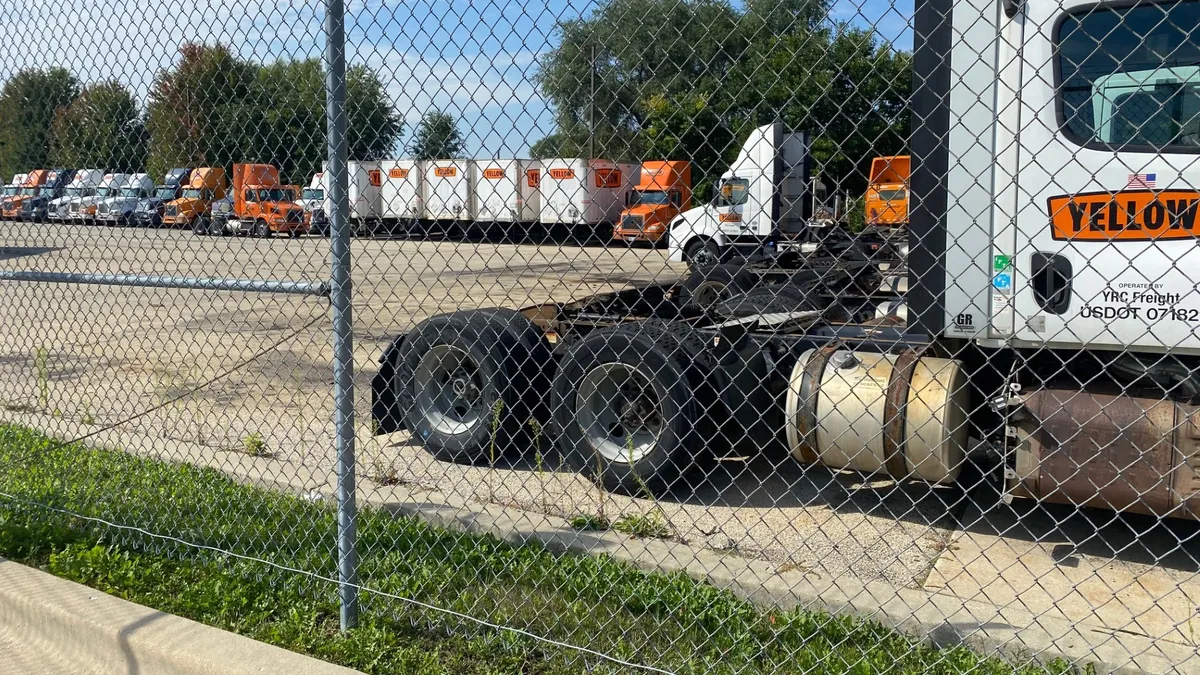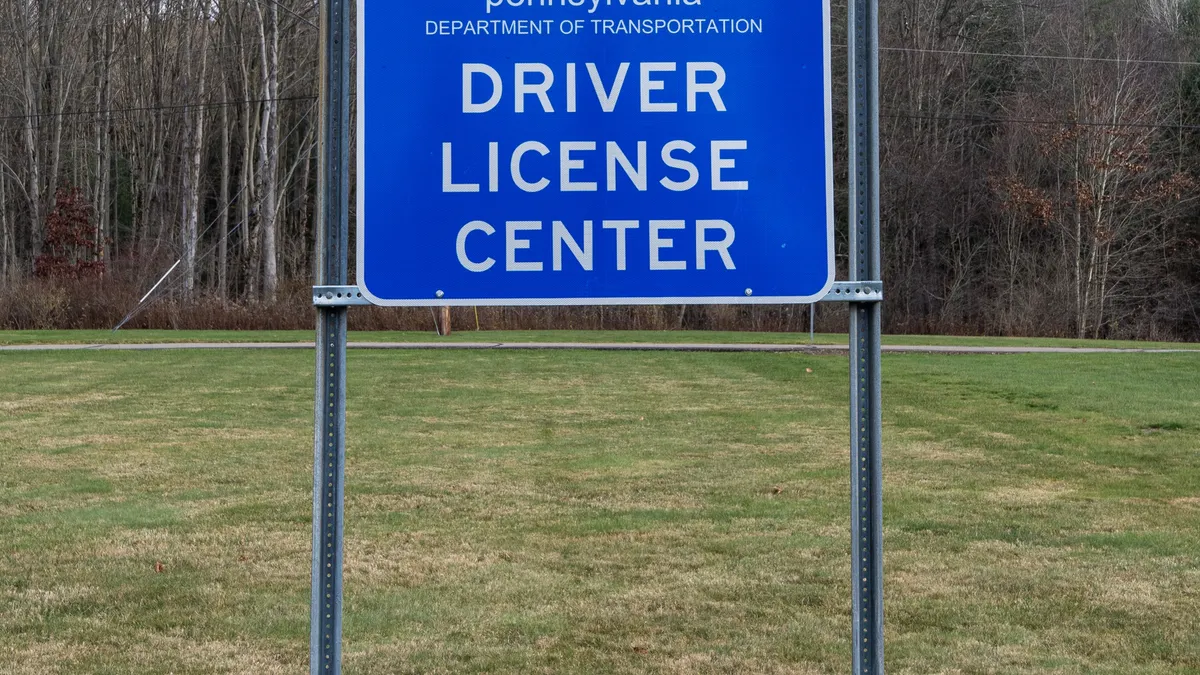This is a contributed op-ed written by Mark S. Allen, president and CEO of the International Foodservice Distributors Association. Opinions are the author's own.
Back in 1938, Europe was on the brink of World War II. Here in the U.S., a gallon of gas was 10 cents, and the average house sold for $3,900.
Something else happened in 1938: A federal regulation was put on the books restricting licensed truck drivers under the age of 21 from traveling interstate—back before we even had an interstate highway system. Not much is known about how or why this rule became law.
This restriction doesn’t just apply to licensed drivers looking to make a delivery across state lines; the term "interstate" encompasses where the product originates.
Fast forward to 2021, a 20-year old driver in Arlington, Virginia, can take Interstate 95 south to Norfolk and come back in one run to deliver products produced in Virginia. But that same driver cannot travel 10 minutes into Washington, D.C. — or take the Capital Beltway to deliver goods to nearby Maryland.
Our $303 billion industry employs 350,000 people, 140,000 of whom are professional drivers. But without Congressional action, that 20-year-old looking for employment is unlikely to be hired as a foodservice distribution driver, despite the driver shortage our industry — one that delivers food items and other related supplies to help restaurants, hospitals, sports arenas and schools prepare basically any meal not made at home — is experiencing.
It should be easier to become a driver
The nature of our business — providing foodstuffs to the professional kitchens making millions of meals a day —means that everything we do is by definition interstate. Many of the products our drivers transport originate in a state other than the one where it’s being delivered. While trucking safety technology has evolved significantly to meet the realities of 2021, the interstate regulation has not.
In most fields, especially those seeking college graduates, being unable to hire employees in the 18-20 age range may not seem like a big deal. But college isn’t for everyone.
The foodservice distribution industry can provide a great bridge to the middle class for those seeking an alternative to higher education and the debt that comes along with it. And foodservice distribution drivers average $70,000 a year in a job that provides benefits and generally allows them to be home every night — unlike drivers in the gig economy, whose wages average $9.21 an hour, who don’t have health insurance or paid time off, and who are subject to inconsistent work flow.
"While trucking safety technology has evolved significantly to meet the realities of 2021, the interstate regulation has not."

Foodservice distribution provides an opportunity for a well-paying career. It should be easy for a qualified younger driver to kick start their career with us.
After all, the profession is aging with the average age of a trucker being 46. However, with the 18-20 age restriction in place, we can’t get the next generation of professional truck drivers in the cab and properly trained. And that’s about to impact all Americans in a very real way.
Over the next decade, more than one million drivers will need to be hired to keep pace with the demands of logistics and transportation. Large retailers are spending around 30% more than they did last year to move goods via truck. These increases will be passed down to consumers in the form of higher prices.
It doesn’t have to be this way, especially with unemployment numbers still high and a new class of high school graduates unsure about the future.
Congress, pass the DRIVE-Safe Act
To hire the next generation of drivers before they settle into different careers or choose one of the trades, Congress needs to undo this archaic and arbitrary age restriction by passing the bipartisan Developing Responsible Individuals for a Vibrant Economy Act, known as the DRIVE-Safe Act. If the age restriction is lifted, the right people will find training, take jobs and thrive in this career.
The DRIVE-Safe Act would do more than eliminate an outdated restriction. The bill would bring the profession of truck driving into the 21st century, with a rigorous set of safety, training and mentoring requirements to position the industry to face modern challenges, computerized equipment, and on-the-road demands in a safe and efficient manner.
"We can’t get the next generation of professional truck drivers in the cab and properly trained. And that’s about to impact all Americans in a very real way."

In fact, a career in trucking, where drivers operate vehicles loaded with advanced technology, would align well with the digital nativism of Generation Z. After all, in the U.S., we are doing a disservice to our young people with the message that you have to go to college to be successful. There is a different narrative in which we, as a country, need to engage.
Our industry leaders are confident that if more young adults were aware of the prospects provided by working with us, and if we weren’t restricted by an outdated 1938 regulation, we wouldn’t be looking down the barrel of a driver shortage with the potential to disrupt the entire U.S. economy.
It’s time for Congress to pass this bill so we can keep on trucking.
To submit an opinion piece for publication on the Transport Dive website, please visit https://www.transportdive.com/opinion/submit-opinion/ and view our guidelines and submission form.


